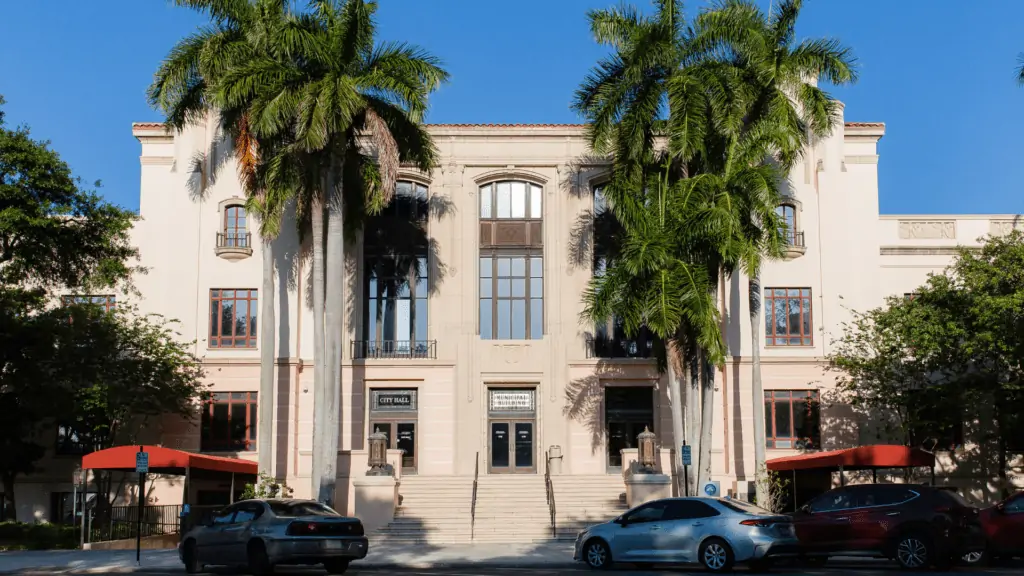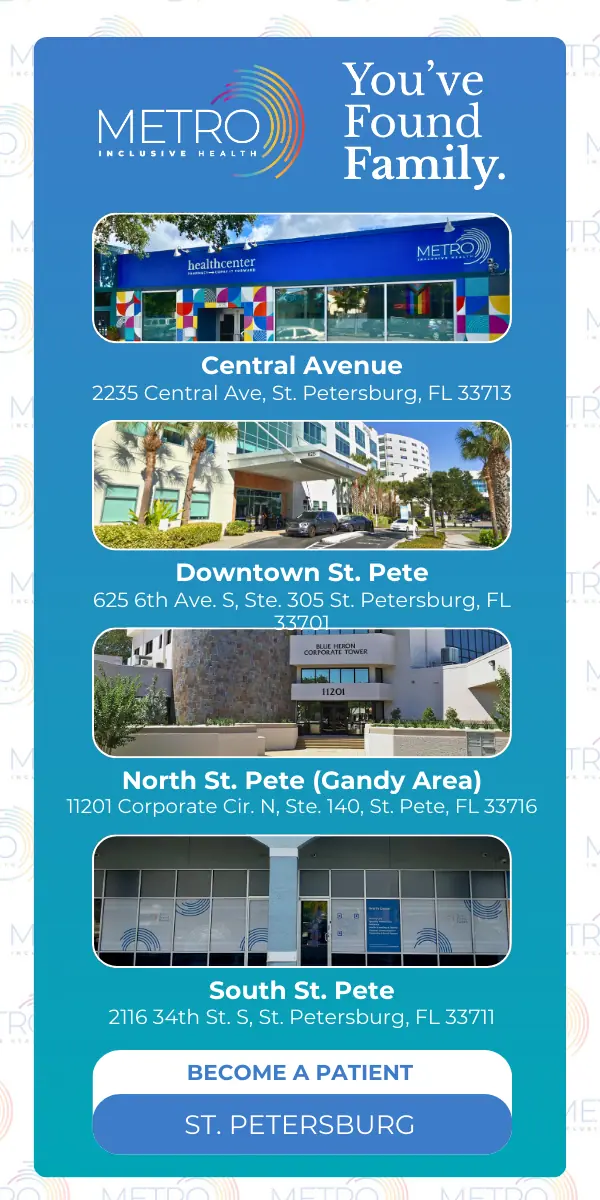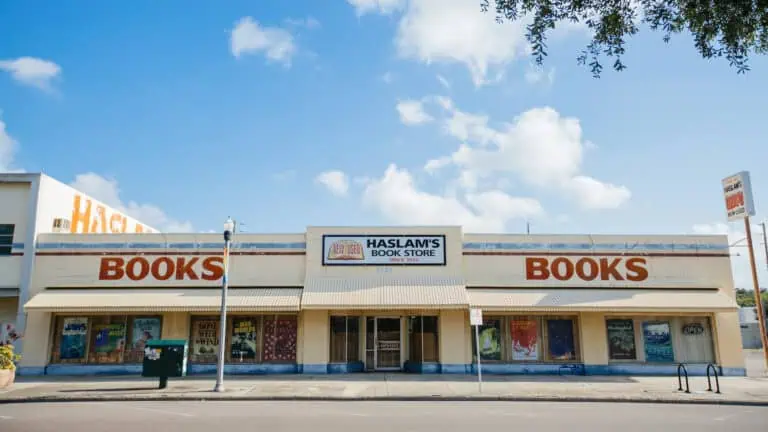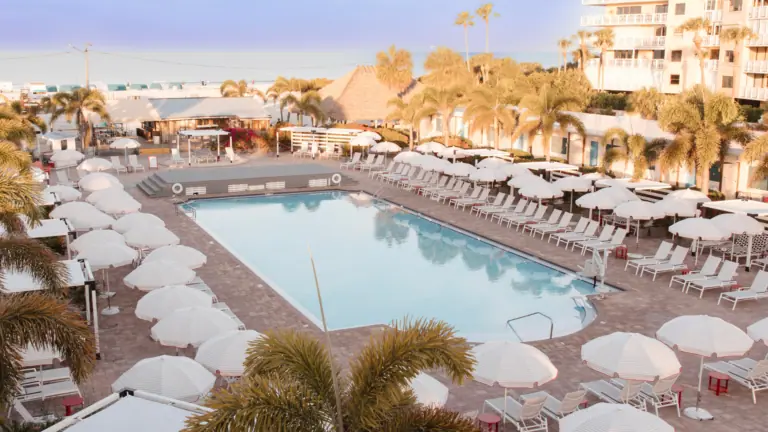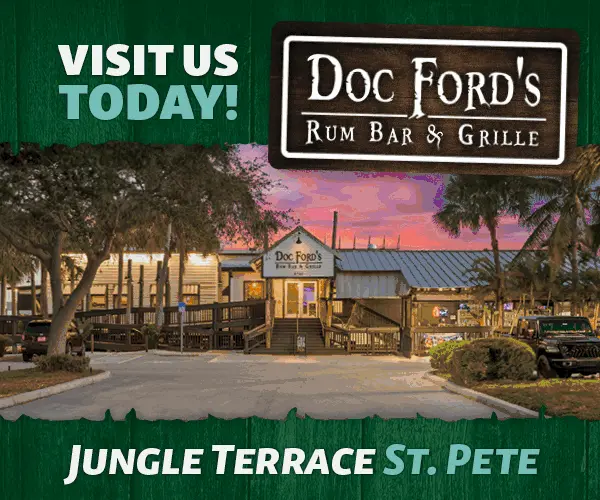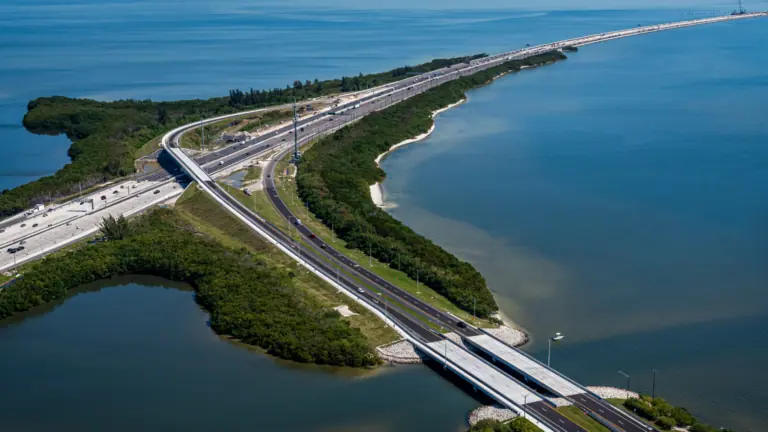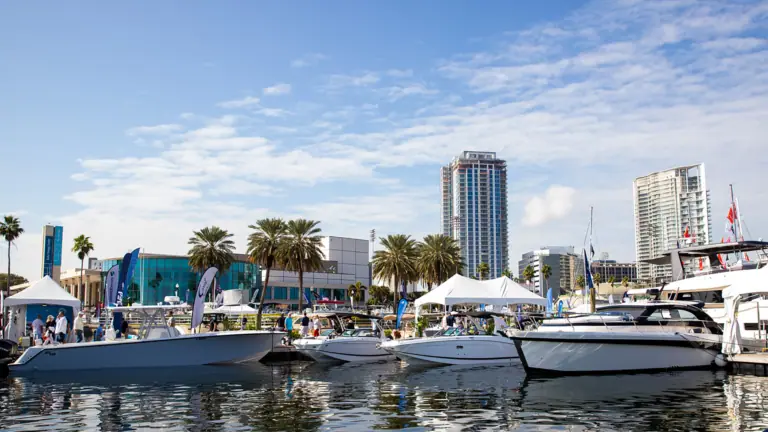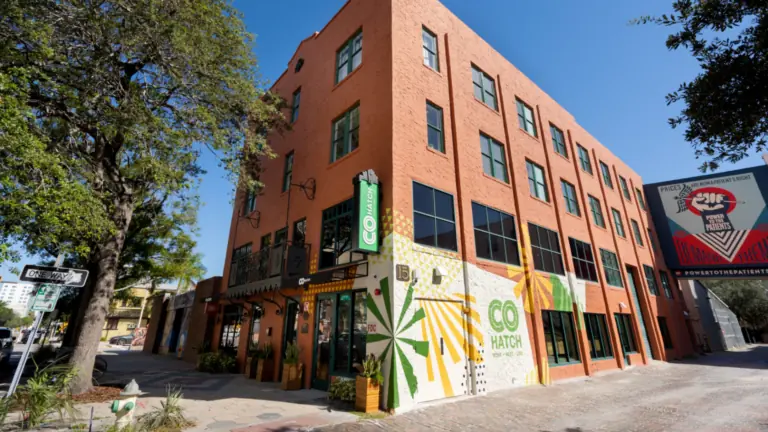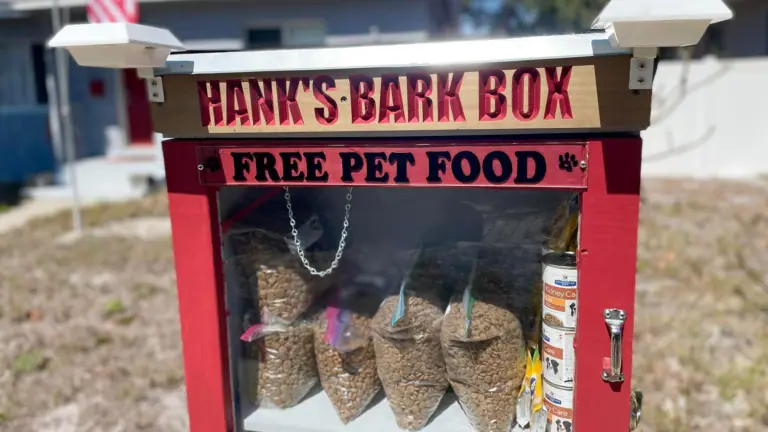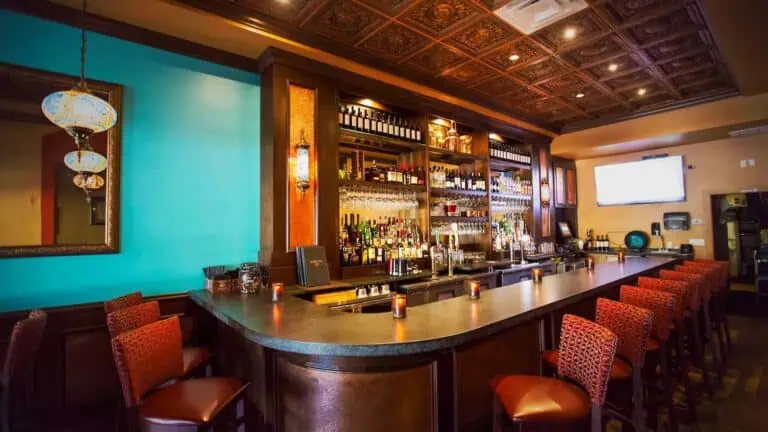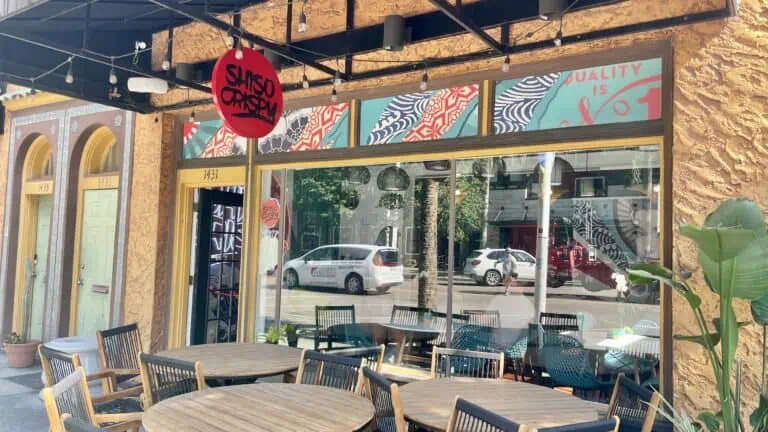This Thursday, St. Petersburg City Council will discuss and vote on potential new zoning rules aimed at increasing “Missing Middle Housing” in the city. The potential new regulations have sparked controversy, with supporters and detractors both leading vocal and active campaigns.
While the rules would affect just under 3,000 parcels of land along “Future Major Streets,” it is being seen as either part of a solution to the city’s affordable housing crisis, or as a move by developers to change the makeup of historic neighborhoods for the worse, depending on who you ask.
ADVERTISEMENT
With so much flying around, we wanted to break down, in as basic terms as possible, what the proposed rule changes actually are. You can see the full explanation on the City Council’s agenda notes if you’d like to really dive in, but we’ll keep it fairly big picture here. The proposal is presented as a way to add density and affordable “middle housing” units along core city roads in higher traffic areas, promoting equity in areas with access to public transportation and walking paths.
The short version is this: the proposal would allow property owners along several key thoroughfares in the city’s core to either add more housing units to existing homes, or to tear down existing single-family homes and build entirely new multi-family structures. It would be limited to accessory dwelling units (such as an above-garage apartment or backyard cottage), and multi-family structures as big as duplexes, triplexes, or quadplexes, depending on the size of the property. These would not be towers or apartment complexes.
There would be a maximum of four units in any one building – either a newly-constructed home or a renovated existing one – and that is based on property size. The smaller the property, the fewer units are allowed. New structures would be limited to two stories, with a max height of 24 feet, and a max width of 40 feet – roughly the size of many single-family homes.
ADVERTISEMENT
All of these would have to be within 175 feet of the main road in question, effectively limiting them to properties along the street. Parking spots and alley access must be provided, as well as trash cans. Any new structures would have to match and maintain the neighborhood’s existing design.
Affected corridors would be inside in the city’s core and would exclude many water-adjacent neighborhoods in flood zone areas such as Coquina Key, Snell Isle, and Shore Acres. Notable areas within the proposal’s guidelines include 22nd Avenue North in Crescent Heights and 38th Avenue North in Allendale. Portions of MLK and 22nd Street North would be affected, as well as some stretches of Central Avenue and 1st Avenues North and South, mostly between 34th and 58th Streets.
Within that framework, supporters hope it will help add affordable ownership and rental options along important roadways, while also promoting equity as the city’s population continues growing. Detractors worry it will overcrowd neighborhoods, change their character, and/or cause infrastructure issues.
By the numbers, these rules would make just under 3,000 properties eligible for changes, spread throughout the city. Of course, it only makes the changes an option for property owners. Owners who like their property the way it is can leave it that way.
For frame of reference on the potential impact, Tampa Bay Times reporter Colleen Wright shared some informative data from a recent similar zoning change. In 2007, the city changed rules to allow construction of new accessory dwelling units (garage apartments, etc) throughout most of the city, a much larger footprint than these new proposed rules have. In the 16 years since, Wright reports, a total of 285 new units were built, with 86 of them going up in 2022.
How many of these properties would ultimately see any added units, especially in the short term, is difficult to predict, though historic data suggests the number would likely top out in the low-to-mid hundreds
We will update this story after Thursday’s meeting, during which we expect resolution from City Council on the debate.
ADVERTISEMENT






